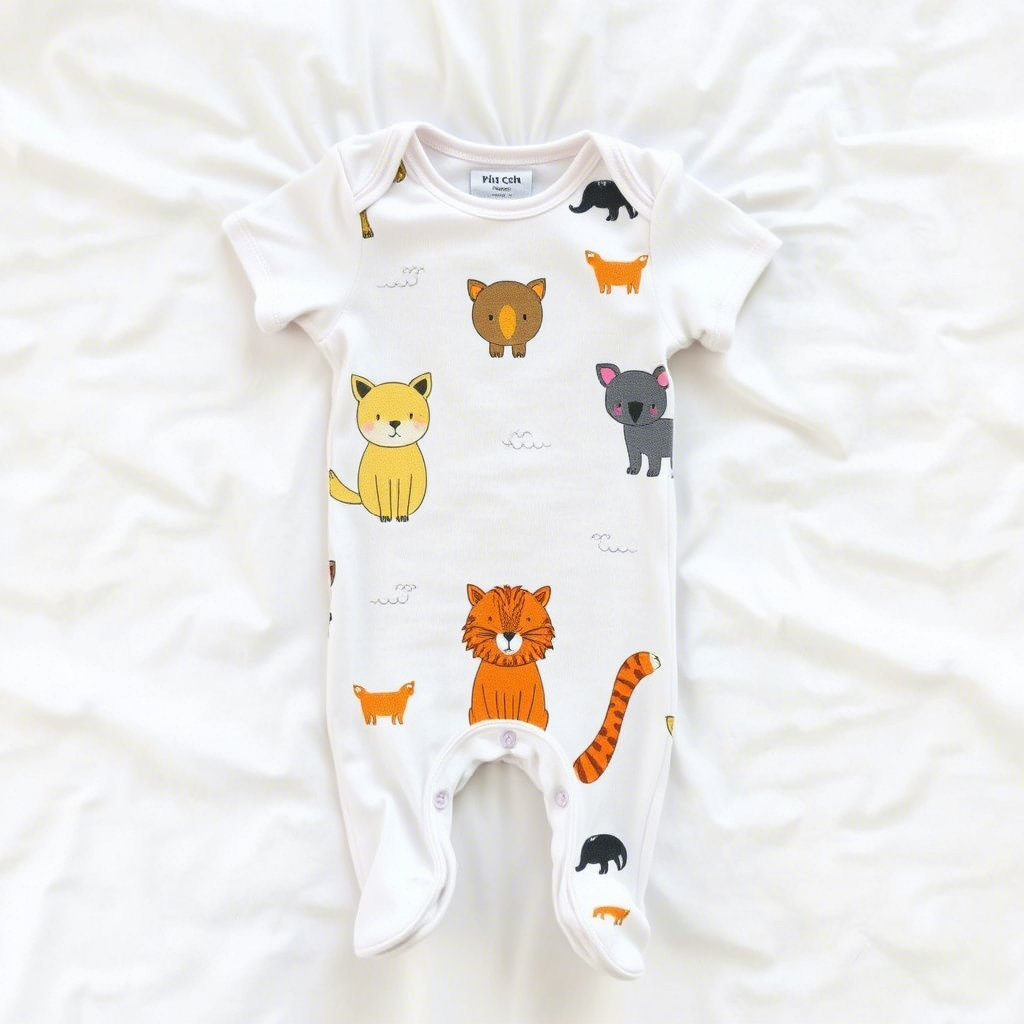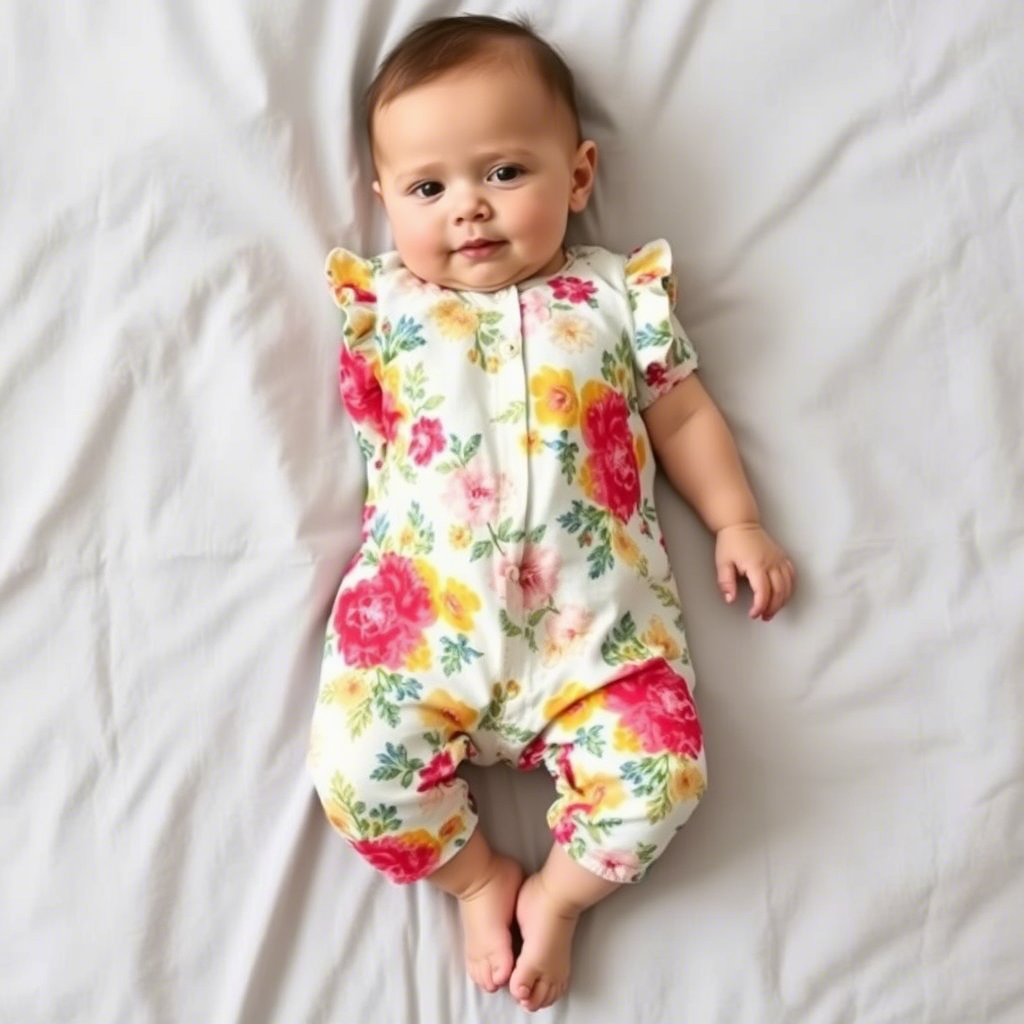From Onesies To Rompers: The Ultimate Guide To Baby Clothes Sizes
Dressing your baby can be a daunting task, especially when it comes to navigating the various sizes and styles available in the market. From onesies to rompers, understanding baby clothes sizes is crucial to ensure a comfortable and safe fit for your little one. In this comprehensive guide, we will walk you through the different types of baby clothes, their corresponding sizes, and provide you with practical tips on how to choose the right fit.
Understanding Baby Clothes Sizes
Baby clothes sizes can be confusing, with different manufacturers using varying measurement charts. Generally, baby clothes are categorized into several age groups: 0-3 months, 3-6 months, 6-9 months, 9-12 months, and 1-2 years.
- Age-based sizing: Most clothing brands use age as a primary factor in determining baby clothes sizes. However, it’s essential to consider your baby’s weight and height as well, as every child grows at a different rate.
- Weight-based sizing: Some brands provide weight-based sizing charts, which can be more accurate than age-based sizing. For example, a onesie designed for babies weighing 3-6 kg can be a good starting point.
- Height-based sizing: Height is another critical factor in determining baby clothes sizes. Clothing brands often provide height measurements to help parents choose the right fit.

For instance, a tiny onesie with adorable animal designs is perfect for newborns. When choosing onesies, consider the material, as it should be soft and breathable for your baby’s sensitive skin.
Types of Baby Clothes
Baby clothes come in a variety of styles, each designed for a specific purpose.
- Onesies: Onesies are a staple in every baby’s wardrobe. They are simple, comfortable, and easy to change. You can find onesies in various designs, from plain to elaborate prints.
- Rompers: Rompers are another popular choice among parents. They are convenient, as they eliminate the need for separate tops and bottoms. Rompers are available in various styles, including short-sleeved and long-sleeved options.
- Sleepwear: Sleepwear is designed for comfort and safety. Look for sleepwear made from breathable materials and avoid any clothing with loose threads or small parts that can be a choking hazard.

A colorful baby romper with floral patterns and soft textures is an excellent choice for a summer outing. When dressing your baby for outdoor activities, consider the weather and choose clothing that is suitable for the temperature.
Factors to Consider When Choosing Baby Clothes
When shopping for baby clothes, there are several factors to consider.
- Comfort: The most critical factor is comfort. Choose clothing that is soft, breathable, and gentle on your baby’s skin.
- Safety: Ensure that the clothing you choose is safe for your baby. Avoid any clothing with small parts, loose threads, or other potential choking hazards.
- Practicality: Consider the practicality of the clothing. For example, rompers can be a convenient option for parents who want to simplify their baby’s wardrobe.
For more information on baby clothing, you can visit Lezon Kids’ boys coat collection.
Tips for Dressing Your Baby
Dressing your baby can be a fun and rewarding experience.
- Dress for the weather: Choose clothing that is suitable for the temperature. For example, dress your baby in light, breathable clothing for warm weather and layers for cold weather.
- Consider your baby’s activities: If your baby is going to be active, choose clothing that is comfortable and allows for ease of movement.
- Don’t overdo it: Avoid overdressing your baby, as this can cause them to become too hot and uncomfortable.

A baby romper with cartoon characters on a pastel background is a cute and comfortable option for everyday wear. When choosing a romper, consider the material and ensure that it is suitable for your baby’s skin type.
Common Mistakes to Avoid
When it comes to dressing your baby, there are several common mistakes to avoid.
- Not checking the size chart: Always check the size chart before making a purchase to ensure that you’re getting the right fit.
- Not considering the material: Choose clothing made from breathable, natural materials that are gentle on your baby’s skin.
- Not dressing for the occasion: Consider the occasion and dress your baby accordingly. For example, you may want to dress your baby in a more formal outfit for a special event. You can also check Lezon Kids’ collection for inspiration.
Conclusion
Understanding baby clothes sizes and choosing the right fit can be a daunting task, but with the right guidance, it can be a breeze. By considering factors such as comfort, safety, and practicality, you can ensure that your baby is dressed in clothing that is both adorable and functional. Remember to always check the size chart, consider the material, and dress your baby according to the occasion. With these tips and guidelines, you’ll be well on your way to becoming a baby fashion expert.

Comments